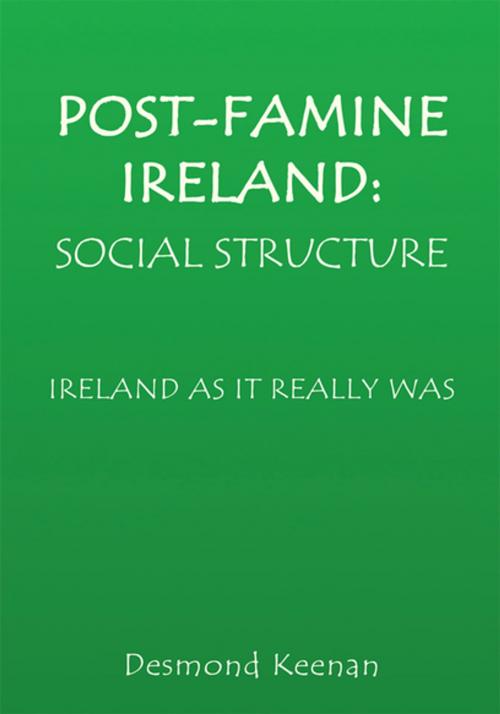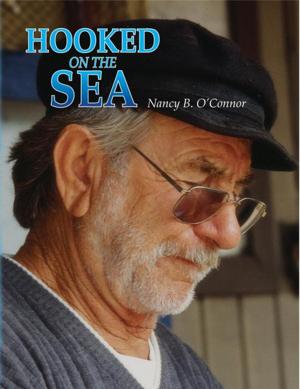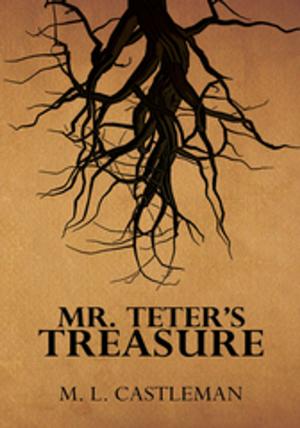| Author: | Desmond Keenan | ISBN: | 9781465318718 |
| Publisher: | Xlibris US | Publication: | November 28, 2006 |
| Imprint: | Xlibris US | Language: | English |
| Author: | Desmond Keenan |
| ISBN: | 9781465318718 |
| Publisher: | Xlibris US |
| Publication: | November 28, 2006 |
| Imprint: | Xlibris US |
| Language: | English |
Irish society and economy is studied objectively in this book as if it were a society in a distant region or in the distant past. The distortions of nationalist anti-British propaganda are removed. In particular the failure of the various separatist movements to devise an ideology which could unite and rally all the people of Ireland behind them is described. Ireland is analysed as a sociologist analyses societies and using the materials that a sociologist uses. Irish society is placed in the context of its time and place. It was one of the societies on either side of the North Atlantic Ocean. These countries were all to a greater or lesser degree developing their industries, improving their roads, building their railways, extending their trade, enlarging their towns and cities, deepening and expanding their ports, and modernising their institutions. Though religion was strong in all of them, new currents of thought, often derived from the American and French Revolutions, were being spread everywhere. It was largely an English-speaking society and its institutions were those of common law countries. As this study shows Ireland was a typical member of this group of nations. It was not the most advanced, but it was far from being the most backward. Some of the Nordic countries for example, were only beginning to follow Irelands path of development. There is no evidence that membership of the United Kingdom hindered or retarded this development. The Irish however being closely linked to England always compared their progress with that of England which was a mistake. The 19th century was Englands century, as the 15th century was Italys. What caused the Industrial Revolution where handcrafts gave way to the production by machinery to occur earlier in England than elsewhere is a subject that fascinates historians. How England came to possess the largest empire in modern times is another fascinating question. Why English institutions, a free press, a parliamentary democracy, religious tolerance, methods of education, and most modern sports came to be imitated is another one. The fact was that in the 19th century great parts of the world looked to Britain to see how they could modernise their societies and improve their economies. Ireland did likewise, and from an earlier date but never so successfully. Why Ireland was not as successful as Britain is not easily explained. Lack of coal and iron is not the explanation for some of Irelands leading industries like linen, shipbuilding, rope-making and tobacco manufacture were developed from imported materials. Likewise in England, industries which depended largely on craftsmanship like the pottery industry flourished. Nor was Irelands backwardness relative to England caused by oppressive law or restrictions for within the United Kingdom all operated under the same rules. Nor can the Catholic religion of Ireland be adduced as a cause, for most Irish businessmen were Protestants. It is not the purpose of this book to ask or settle these questions, but the simpler one of describing the facts of Irish society as it was, and to remove the distortions of propaganda. When one studies the actual facts it becomes clear that not only was Ireland neither oppressed nor backward but was actually one of the most advanced countries in the world at the time as progress was understood in the 19th century. Ireland by 1850 was already a well-developed modern society, more advanced than most countries in Europe. The period up to 1920 was one of increasing prosperity, and increasing social improvement. Every new development in the various aspects of society, industry, agriculture, communications, science and education, social improvements were all adopted. In this book I concentrate on the achievements that Irishmen can be proud of. One can look at Irish industrial achievements. Belfast showed how ships on the North Atlantic run should be built and fitted out. The greatest linen industry in the
Irish society and economy is studied objectively in this book as if it were a society in a distant region or in the distant past. The distortions of nationalist anti-British propaganda are removed. In particular the failure of the various separatist movements to devise an ideology which could unite and rally all the people of Ireland behind them is described. Ireland is analysed as a sociologist analyses societies and using the materials that a sociologist uses. Irish society is placed in the context of its time and place. It was one of the societies on either side of the North Atlantic Ocean. These countries were all to a greater or lesser degree developing their industries, improving their roads, building their railways, extending their trade, enlarging their towns and cities, deepening and expanding their ports, and modernising their institutions. Though religion was strong in all of them, new currents of thought, often derived from the American and French Revolutions, were being spread everywhere. It was largely an English-speaking society and its institutions were those of common law countries. As this study shows Ireland was a typical member of this group of nations. It was not the most advanced, but it was far from being the most backward. Some of the Nordic countries for example, were only beginning to follow Irelands path of development. There is no evidence that membership of the United Kingdom hindered or retarded this development. The Irish however being closely linked to England always compared their progress with that of England which was a mistake. The 19th century was Englands century, as the 15th century was Italys. What caused the Industrial Revolution where handcrafts gave way to the production by machinery to occur earlier in England than elsewhere is a subject that fascinates historians. How England came to possess the largest empire in modern times is another fascinating question. Why English institutions, a free press, a parliamentary democracy, religious tolerance, methods of education, and most modern sports came to be imitated is another one. The fact was that in the 19th century great parts of the world looked to Britain to see how they could modernise their societies and improve their economies. Ireland did likewise, and from an earlier date but never so successfully. Why Ireland was not as successful as Britain is not easily explained. Lack of coal and iron is not the explanation for some of Irelands leading industries like linen, shipbuilding, rope-making and tobacco manufacture were developed from imported materials. Likewise in England, industries which depended largely on craftsmanship like the pottery industry flourished. Nor was Irelands backwardness relative to England caused by oppressive law or restrictions for within the United Kingdom all operated under the same rules. Nor can the Catholic religion of Ireland be adduced as a cause, for most Irish businessmen were Protestants. It is not the purpose of this book to ask or settle these questions, but the simpler one of describing the facts of Irish society as it was, and to remove the distortions of propaganda. When one studies the actual facts it becomes clear that not only was Ireland neither oppressed nor backward but was actually one of the most advanced countries in the world at the time as progress was understood in the 19th century. Ireland by 1850 was already a well-developed modern society, more advanced than most countries in Europe. The period up to 1920 was one of increasing prosperity, and increasing social improvement. Every new development in the various aspects of society, industry, agriculture, communications, science and education, social improvements were all adopted. In this book I concentrate on the achievements that Irishmen can be proud of. One can look at Irish industrial achievements. Belfast showed how ships on the North Atlantic run should be built and fitted out. The greatest linen industry in the















